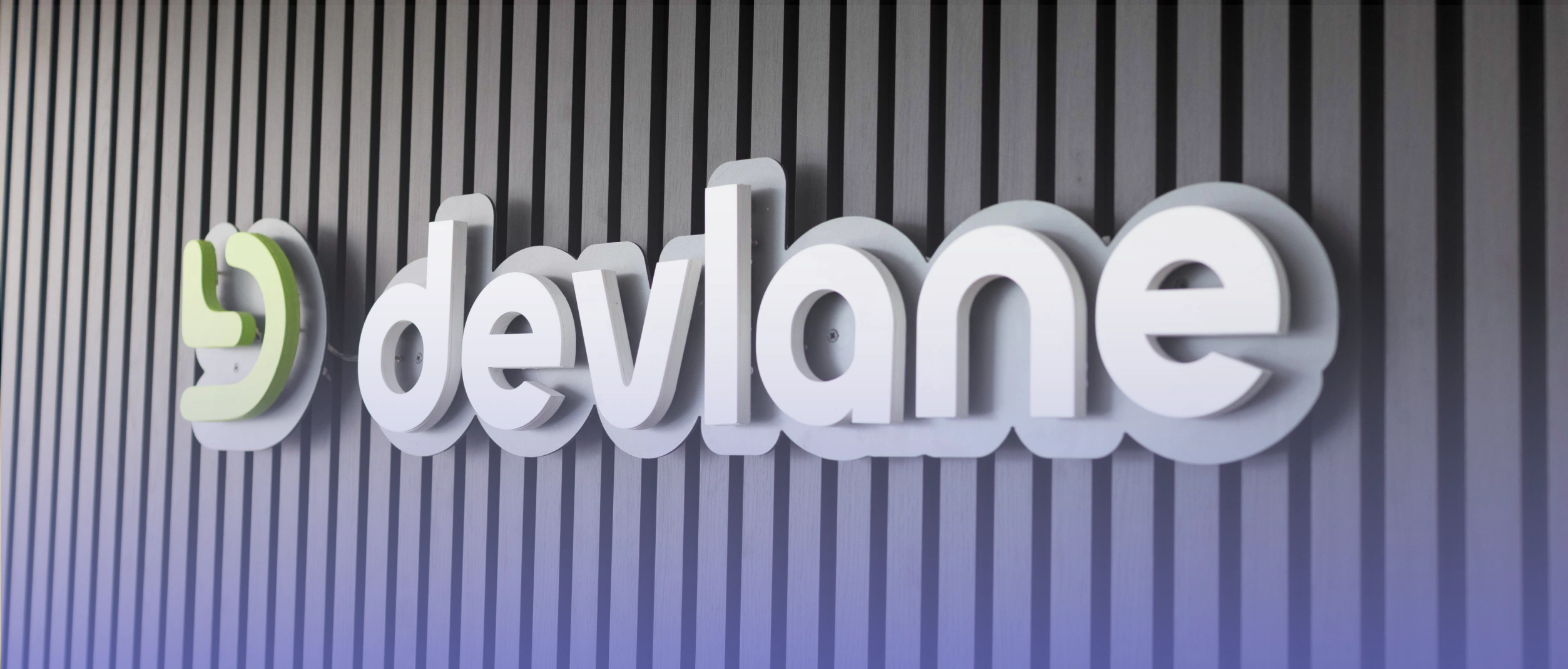Shift-Left Testing in 2024: Trends and Strategies for Modern QA

In the ever-evolving landscape of software development, quality assurance is more crucial than ever. Traditional QA processes often focus on testing at the end of the development cycle, leading to delayed feedback, increased costs, and a higher likelihood of defects. Shift-left testing addresses these challenges by integrating testing activities earlier in the development process. In this blog, we'll explore the trends, strategies, pros and cons, and tools associated with shift-left testing.
Key Trends in Shift-Left Testing for 2024
- Integration with DevOps: Shift-left testing aligns perfectly with DevOps practices, emphasizing collaboration between development, QA, and operations teams. Continuous integration and continuous delivery (CI/CD) pipelines are becoming standard, enabling automated testing at every stage of development.
- Test Automation: Automation is at the heart of shift-left testing. Automated unit, integration, and regression tests help catch issues early. Tools like Selenium, Cypress, and TestNG are widely adopted to facilitate this trend.
- Behavior-Driven Development (BDD): BDD encourages collaboration between developers, testers, and stakeholders. Tools like Cucumber and SpecFlow allow teams to write test cases in plain language, making them accessible to non-technical stakeholders.
- Service Virtualization: To test components in isolation, service virtualization simulates the behavior of dependent systems. This is particularly useful in microservices architectures where dependencies can be complex and interdependent.
- Shift-Left Security Testing: Security testing is moving left as well. Integrating security checks early in the development cycle helps identify vulnerabilities before they become critical. Tools like Snyk and OWASP ZAP are commonly used for this purpose.
Best three Strategies for Shift-Left Testing
- ⭐Early Involvement of QA: QA engineers should be involved from the requirements gathering phase. This ensures that testability is considered from the outset and that test cases are aligned with business requirements.
- Test-Driven Development (TDD): TDD emphasizes writing tests before code. This ensures that code meets the specified requirements and encourages developers to think about edge cases and error handling early on.
- Pair Programming and Code Reviews: Collaborating on code development through pair programming and conducting thorough code reviews helps catch defects early. QA can provide valuable insights during these activities.
Pros and Cons of Shift-Left Testing
✅Pros:
- Early Detection of Defects: Identifying issues early reduces the cost and effort required to fix them.
- Improved Collaboration: Encourages better communication and collaboration between development, QA, and operations teams.
- Faster Time to Market: Streamlined testing processes lead to quicker releases.
- Higher Quality: Continuous testing and feedback result in more reliable and robust software.
❌Cons:
- Initial Investment: Implementing shift-left practices requires an initial investment in tools, training, and process changes.
- Cultural Shift: Teams need to embrace a culture of collaboration and continuous improvement, which can be challenging.
- Maintenance Overhead: Automated tests and CI/CD pipelines require ongoing maintenance to ensure they remain effective and relevant.
Top 3 Tools for Shift-Left Testing
- Selenium: A popular open-source tool for automating web browsers. It supports multiple programming languages and is widely used for functional and regression testing.
- JUnit/TestNG: Java-based frameworks for unit testing. They are essential for implementing TDD and ensuring code quality from the start.
- Jenkins: An open-source automation server that facilitates CI/CD pipelines. Jenkins integrates with various testing tools to automate the entire build and deployment process.
Shift-left testing represents a paradigm shift in software development, emphasizing the importance of early and continuous testing. By integrating QA activities earlier in the development cycle, teams can identify and resolve issues faster, improve collaboration, and deliver higher quality software. While there are challenges in implementing shift-left testing, the benefits far outweigh the drawbacks. Embracing this approach, along with the right strategies and tools, can significantly enhance the efficiency and effectiveness of the QA process, ultimately leading to more successful software projects.
Are you looking for an upgrade in your career as a QA Engineer? Devlane connects top talent from Latam with cutting-edge companies in North America. Check out our open positions here.
Other Blog Posts

What 2025 meant for Devlane: A year of growth and innovation







